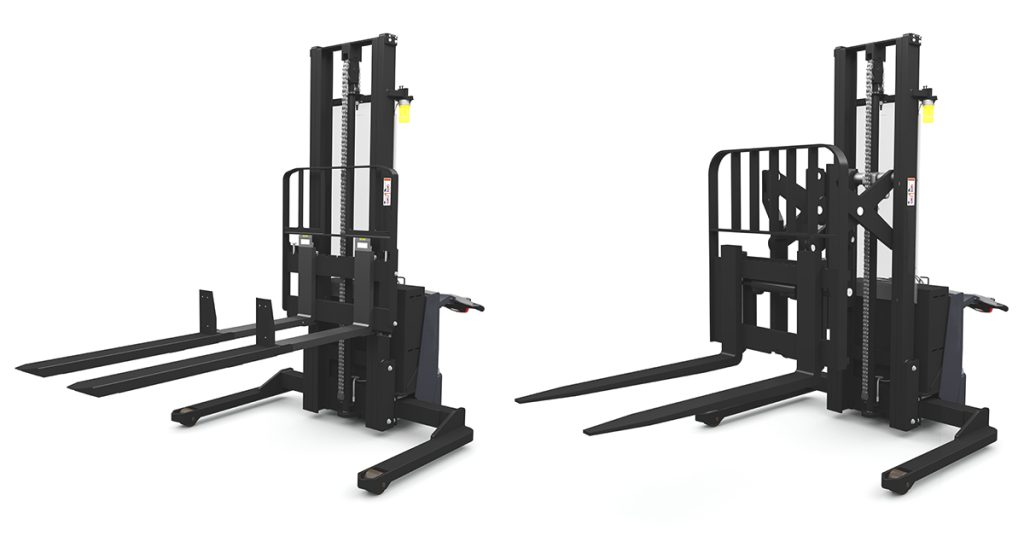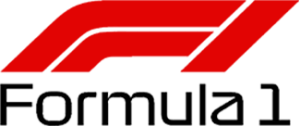

Every engineer knows when you look at both figures that the more parts in a machine, the more complex the whole and the more maintenance the system requires. But does the customer know this too? Why not using KOOI® ReachForks instead of a single pantograph.
Maybe we overlook something, but telescopic forks have several distinct advantages over a pantograph:
Do the reachforks also have disadvantages? No drawbacks that outweigh all the benefits, but the critics will say:
With all these advantages, reachforks for this application cannot be ignored anyway.
.custom_postmeta {
margin-bottom:0px;
}
.mk-social-share ul {
display:flex;
justify-content: space-evenly;
list-style:none;
}
.mk-about-author-wrapper .about-author-name {
padding: 10px 0 0 0;
text-align: center;
}














